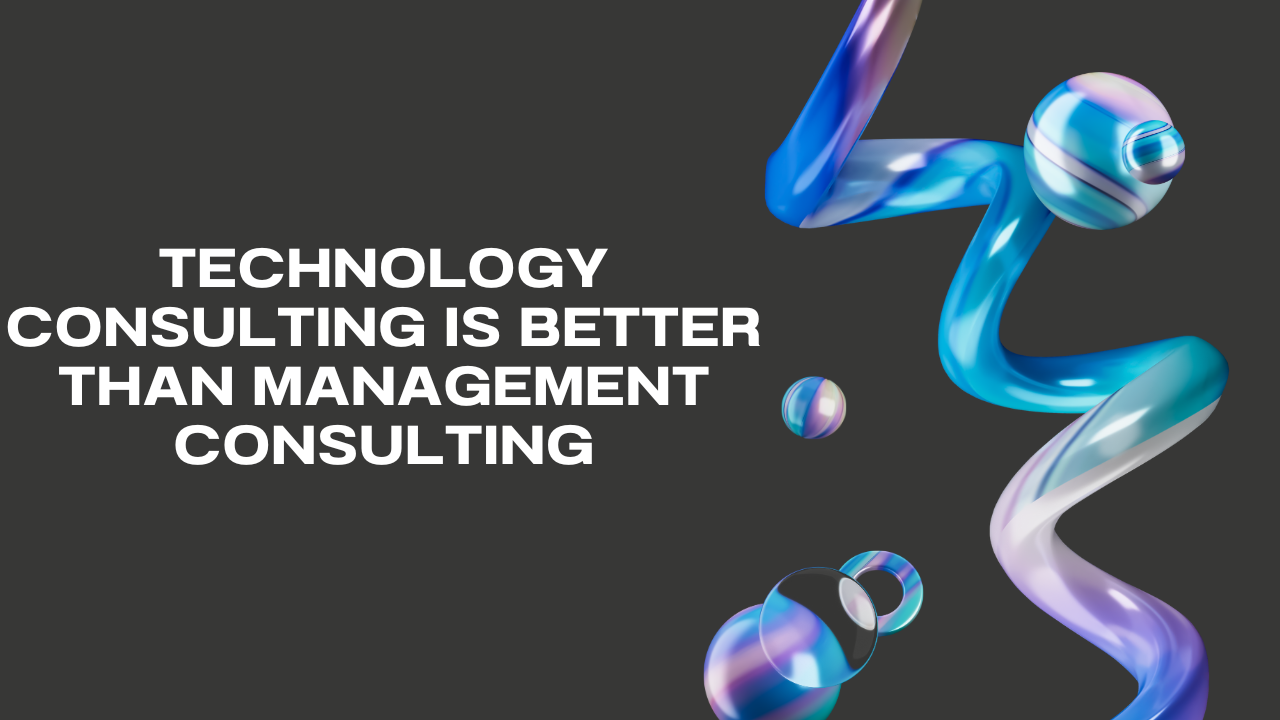Fintech Zoom is an online platform that focuses on the intersection of finance and technology. It provides valuable insights, news, and analyses on various financial topics, including cryptocurrencies, stock markets, and investment opportunities. This platform empowers users by simplifying complex financial concepts and offering tools to navigate the fast-paced world of fintech.

With its user-friendly approach, Fintech Zoom caters to both beginners and experienced investors alike. Users can find a wealth of information, from current trends in financial technology to in-depth analyses of market movements. This makes it an essential resource for anyone looking to enhance their financial knowledge and make informed decisions.
The rise of financial technology has changed how people manage their money and investments. Fintech Zoom stands out by helping users understand these changes and providing the necessary resources to thrive in a digital financial landscape.
Defining Fintech Zoom

Fintech Zoom is an online platform focused on financial technology. It provides users with insights into the financial market, cryptocurrencies, and blockchain technology.
The platform serves various users, from beginners to experienced investors. It offers a range of resources, including:
- News: Updated information on financial trends and events.
- Analyses: In-depth reviews of market conditions.
- Guides: Educational materials for those new to investing.
Fintech Zoom emphasizes user experience with a user-friendly interface. This makes it easy for users to navigate and find the information they need.
The platform also covers a variety of financial topics. These include personal loans, business loans, and investment opportunities. Users can apply for loans entirely online, simplifying the process.
Additionally, Fintech Zoom plays a role in the growing fintech sector. It helps individuals understand how technology is reshaping finance and investments. Thus, it serves as a valuable resource in the fast-paced world of finance.
Through its comprehensive offerings, Fintech Zoom aims to keep users informed and prepared for their financial journeys.
History and Evolution of Fintech

Fintech has its roots in the early days of banking. The introduction of credit cards in the 1950s marked a significant milestone. This development allowed for easier transactions and set the stage for future innovations.
In the 1980s and 1990s, the rise of ATMs changed how people accessed their money. It provided convenience and accessibility, laying the groundwork for digital banking.
The internet boom in the late 1990s further transformed fintech. Online banking became popular, allowing users to manage their finances from home. This shift made financial services more efficient and user-friendly.
In the early 2000s, mobile technology began to influence fintech. The launch of smartphones allowed banking apps to emerge. Customers could now perform financial transactions on the go.
The past decade has seen exponential growth in fintech. New companies are constantly emerging, offering innovative solutions. Startups have been agile in adapting to technological advancements and changing consumer needs.
Key areas of focus for modern fintech include digital payments, peer-to-peer lending, and robo-advisors. These services aim to provide more inclusive access to financial tools.
As fintech continues to evolve, it promises to change the financial landscape. The potential for improved services and accessibility is vast. It represents a significant shift in how individuals and businesses handle their finances.
Components of Fintech Zoom

Fintech Zoom integrates various components that enhance financial services. These components include advanced technology platforms, digital finance solutions, and regulatory technologies. Each plays a vital role in making financial processes more efficient and accessible.
Technology Platforms
Technology platforms are at the heart of Fintech Zoom. They provide the necessary infrastructure for financial transactions and services. Cloud computing allows for scalable solutions, ensuring that users can access services anytime, anywhere.
Advanced algorithms and machine learning improve risk assessment and fraud detection. This technology helps in analyzing data quickly and accurately. Furthermore, secure APIs enable easy integration with different financial services.
The focus on user experience is crucial. Intuitive interfaces streamline processes, making it easier for users to navigate and complete transactions. This commitment to technology ensures a competitive edge in the fast-paced financial sector.
Digital Finance
Digital finance is transforming how individuals and businesses manage money. Fintech Zoom offers online banking, personal loans, and investment opportunities. These services are designed to be user-friendly and accessible through mobile devices.
The platform emphasizes inclusivity, offering services to underserved groups. Users can apply for loans or invest with just a smartphone and internet connection. This accessibility is essential in bridging gaps in traditional finance.
Digital wallets and payment systems simplify transactions. They allow for quick payments, reducing the need for cash or checks. Additionally, digital finance promotes financial literacy through educational resources that empower users to make informed decisions.
Regulatory Technologies
Regulatory technologies, or RegTech, ensure compliance in financial services. Fintech Zoom employs advanced tools to track regulations and guide users through complex processes. The focus is on enhancing compliance while reducing costs.
Automated reporting systems streamline the submission of necessary documents. These tools save time and minimize human error, which is vital for maintaining regulatory standards.
Monitoring for fraudulent activities is another important aspect of RegTech. Real-time alerts help organizations respond swiftly to potential issues. This proactive approach not only protects users but also builds trust in the platform.
Impact of Fintech Zoom

Fintech Zoom has transformed the financial landscape in various ways. Its influence can be seen in banking and finance, the everyday experiences of consumers, and the dynamics of global markets. Each area demonstrates the significant role fintech plays in modern financial systems.
On Banking and Finance
Fintech Zoom is reshaping traditional banking practices. Banks are now adopting technology-driven services to stay competitive. This includes digital banking solutions, online loan applications, and automated customer service via chatbots.
Many financial institutions are partnering with fintech companies to enhance their offerings. These collaborations lead to better financial products, quicker service, and reduced costs. As a result, consumers can access services that were once limited to physical branches.
Moreover, fintech is promoting financial inclusion. Underserved populations can now access banking, loans, and other financial services through mobile platforms. This accessibility is critical for fostering economic growth.
On Consumers
Consumers benefit significantly from the advancements brought by Fintech Zoom. Financial technology offers users a seamless experience when managing their finances. They can perform transactions, budget, and invest from their phones at any time.
The rise of user-friendly apps means consumers have more control over their financial choices. They can easily compare services and find the best options for their needs. This transparency encourages competition among providers, leading to better rates and services.
Additionally, fintech promotes financial literacy. Many platforms offer educational resources that help users understand financial management, investing, and saving. This empowerment allows consumers to make informed decisions.
On Global Markets
Fintech Zoom is having a profound impact on global markets. It facilitates cross-border transactions and investments with lower fees and faster processing times. This efficiency opens new opportunities for businesses and investors alike.
The rise of fintech influences how capital flows around the world. Companies can access funding from a broader range of sources, including crowdfunding and peer-to-peer lending. This diversification helps reduce reliance on traditional financing.
Furthermore, fintech supports the growth of emerging economies. It allows businesses in developing regions to gain access to international markets. As a result, the global economy becomes more interconnected, fostering collaboration and innovation.
Innovative Technologies in Fintech

Fintech utilizes a range of innovative technologies to transform financial services. Here are some key technologies driving this change:
- Blockchain: This technology ensures secure and transparent transactions. It eliminates middlemen and enhances trust in financial processes.
- Artificial Intelligence (AI): AI improves customer service through chatbots and personalized recommendations. It also helps in detecting fraud by analyzing transaction patterns.
- Big Data: Financial firms analyze large data sets to understand customer behavior. This insight allows them to tailor services and offers to individual needs.
- Mobile Applications: Mobile banking apps provide convenient access to financial services anytime, anywhere. They allow users to manage accounts, transfer money, and pay bills easily.
- Cloud Computing: Cloud technology enables financial institutions to store data securely and access it remotely. This reduces costs and improves flexibility.
By leveraging these technologies, fintech companies create more efficient and user-friendly financial solutions. They bridge gaps left by traditional banks, making services more accessible. This focus on technology continues to drive the evolution of the financial landscape.
Major Players in Fintech Zoom

Fintech Zoom operates within a competitive landscape filled with various types of players. These include innovative startups, established financial institutions, and major technology companies. Each brings unique strengths and contributes to the growth of fintech services.
Startups
Many startups are making waves in the Fintech Zoom arena. Companies like Revolut and Chime offer digital banking services that appeal to tech-savvy users. They focus on user experience, often providing low or no fees for transactions and services.
Startups typically leverage cutting-edge technology, such as artificial intelligence and blockchain, to enhance their offerings. They rapidly adapt to market needs and preferences, allowing them to serve niche segments effectively. Their agility often positions them as disruptors, challenging traditional banking models.
Partnerships with existing financial institutions also help these startups gain credibility. By combining innovative solutions with established resources, they create services that meet a variety of financial needs.
Established Financial Institutions
Traditional banks and financial institutions are also key players in Fintech Zoom. Many have begun adapting to the digital shift by integrating fintech solutions into their offerings. Institutions like JPMorgan Chase and Bank of America have invested heavily in technology to stay competitive.
These firms often utilize their extensive customer bases and deep financial expertise to provide sophisticated services. They may offer platforms for investment, loans, and payments, all while maintaining high-security standards.
By collaborating with fintech startups, established banks can accelerate innovation. This synergy results in enhanced products that appeal to both tech-savvy consumers and those who prefer traditional banking methods.
Technology Giants
Technology giants such as Apple, Google, and Amazon are increasingly entering the fintech space. Their platforms provide seamless payment solutions and personal finance management tools. For example, Apple Pay and Google Wallet make transactions easier for users, fostering consumer loyalty.
These companies benefit from vast user data, enabling them to tailor financial solutions effectively. Their robust technological infrastructure allows for quick and secure transactions, which is crucial in attracting a wider user base.
Additionally, the entry of these giants raises the pressure on both startups and traditional banks. Their resources and reach can significantly alter the competitive landscape in fintech by setting new standards for customer expectations and technology usage.

















